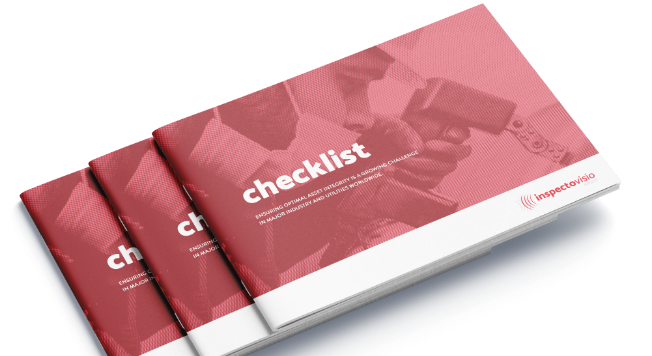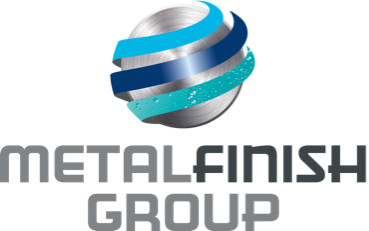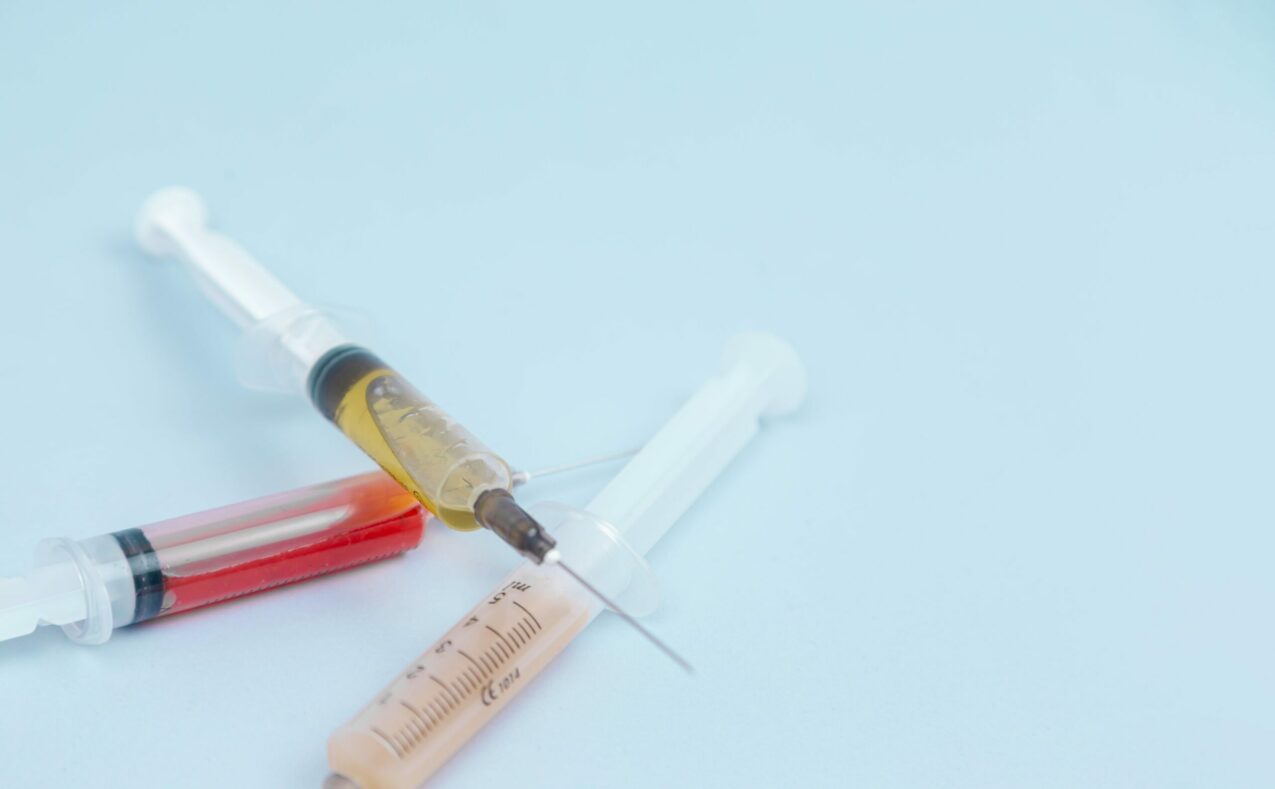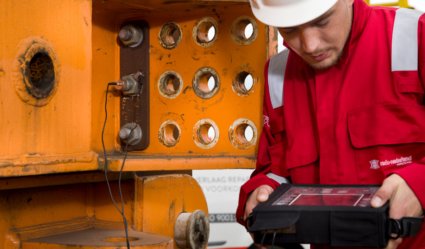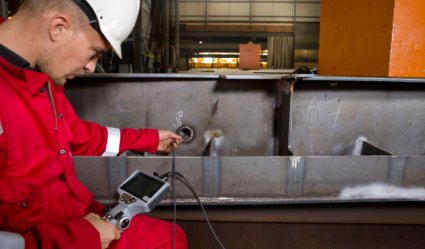10+ years of experience
Always quick results
Advisory report always included
ISO 9001:2015 & VCA* certified
Detection of defects in metal surfaces
Liquid Penetrant Testing (LPT)is a quick reliable method for detecting surface defects after grinding or welding work on non-magnetisable metal. An advisory report is also always included, allowing you to prevent similar future defects. Liquid Penetrant Testing is mostly applied when working with aluminium, stainless steel and copper.
- All smooth metal surfaces are suitable
- Advisory report always included
- Highly accurate, on-site testing
- ISO 9001:2015 & VCA* certified
- 10+ years of experience
Satisfied clients

Need Liquid Penetrant Testing?
DETECTION OF DEFECTS IN METAL SURFACESAdvantages of Liquid Penetrant Testing
A major advantage of Liquid Penetrant Testing is that it is a fairly easy method to implement: simply by submerging it. In addition, every metal surface can be tested, as long as it’s smooth. Thus it does prove to be possible to test surface defects, even if the metal isn’t magnetisable.
Due to the use of liquid penetrant that glows up under UV-light, we are even able to detect defects which are as minuscule as 0.1 millimetres. There is also quite a range of Liquid Penetrant Testing methods we can offer, which can be conducted in a wide variety of situations.
- Easy applicable full testing
- All smooth metal surfaces are suitable
- Highly accurate
- Widely applicable
How does Liquid Penetrant Testing work?
Liquid Penetrant Testing uses a low viscosity liquid (penetrant) that is applied to the surface of the tested material (completely submerging the material is also an option). The liquid then enters the defects on the surface of the material. Following a process time, the excess penetrant is removed, after which a so-called ‘developer’ is applied to the surface in order to draw out the penetrant from any potential defects. Thus clear indications of the defects become visible.
Liquid Penetrant Testing is mainly applied on non-ferrous alloys, yet it is also used on magnetisable materials, for which Magnetic Testing proves to be too complex.
Relevant markets
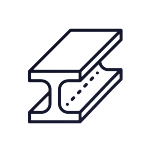
Steel & Non-Residential Construction

Ship Building and Repair

Mechanical Engineering

Food Industry
Liquid Penetrant Testing is also suitable for:
- Aluminium constructions
- Processing stainless steel
- Food processing
- Tank construction
Frequently asked questions about Liquid Penetrant Testing
-
WHICH LIQUID PENETRANT TESTING METHODS DO YOU APPLY?
We use two different methods involving either a colour-contrasting liquid or one that glows up under UV-light. Mostly the penetrant washes off with just water, yet we sometimes also apply a chemical solution. Both options are offered for you to choose.
-
IS LIQUID PENETRANT TESTING POSSIBLE UNDER COLD CIRCUMSTANCE?
Yes, because we then switch over to another method, which is suitable to use in circumstances way beyond freezing point.
-
CAN LIQUID PENETRANT TESTING BE USED FOR FOOD PRODUCTION?
Yes it can, we apply another method and liquid, thus guaranteeing food safety requirements.
-
IS LIQUID PENETRANT TESTING POSSIBLE ON HOT SURFACES?
It is possible to a certain degree. Please let us know which temperature you are referring to, then we can determine which method is suitable.

Request
a free offer
for Liquid Penetrant Testing
More interesting NDT methods
Reduce repair costs and avoid late delivery
